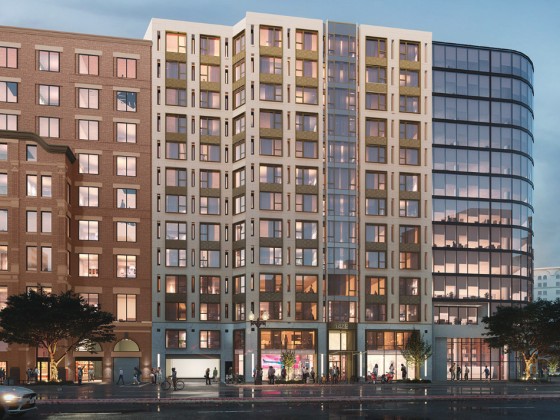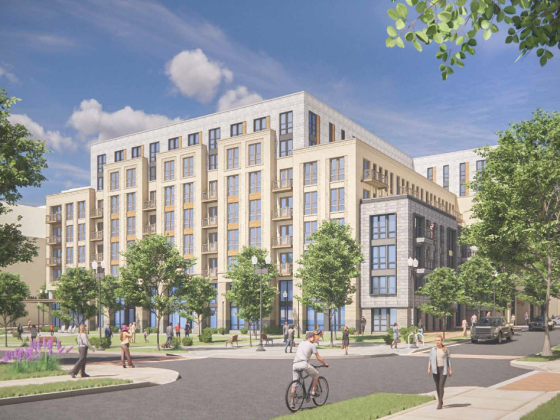What's Hot: 110-Unit Condo Project Planned in Alexandria Coming Into Focus | DC's Most Anticipated Restaurant To Open Its Doors
 Could DC Incentivize Office to Residential Conversions?
Could DC Incentivize Office to Residential Conversions?
✉️ Want to forward this article? Click here.
Nearly two years ago, the DC Council considered a bill to provide tax breaks to developers who convert vacant office buildings in certain downtown areas into residential space. While that bill stalled out, it spurred creation of a task force to research whether or how the city should proceed with incentivizing these conversions.
Last week, the Office of the Deputy Mayor for Planning and Economic Development submitted a report to the DC Council on the viability of converting vacant office buildings in DC into affordable housing. Ultimately, the report recommends these conversions be incentivized for buildings who are labeled Class C and below outside of the downtown area. However, the concept comes with several logistical complications.
story continues below
loading...story continues above
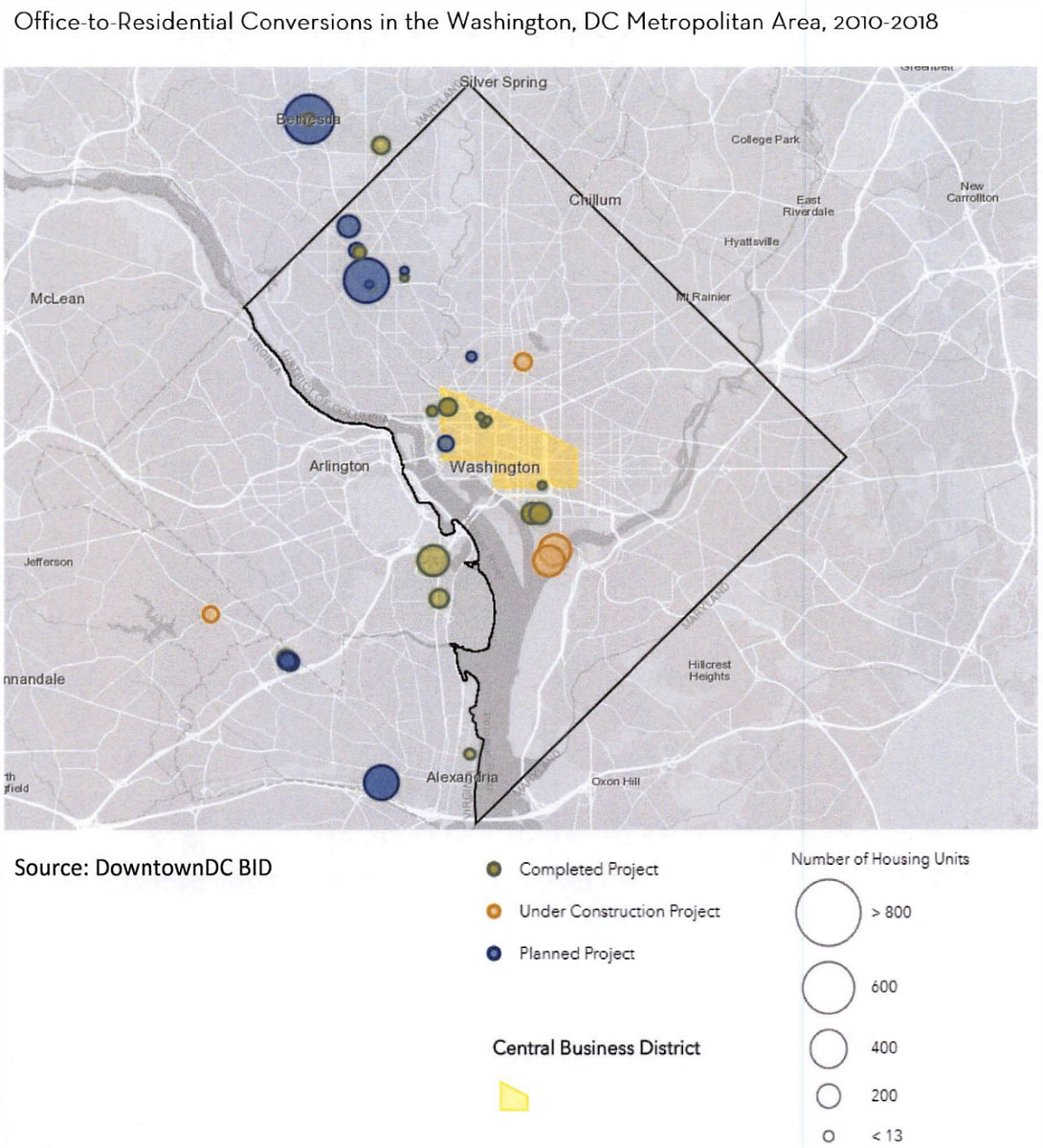
Two-thirds of DC's vacant office space is downtown, although it is mostly spread across buildings, so there aren't many completely vacant properties — one of the first obstacles to accomplishing an office-to-residential conversion.
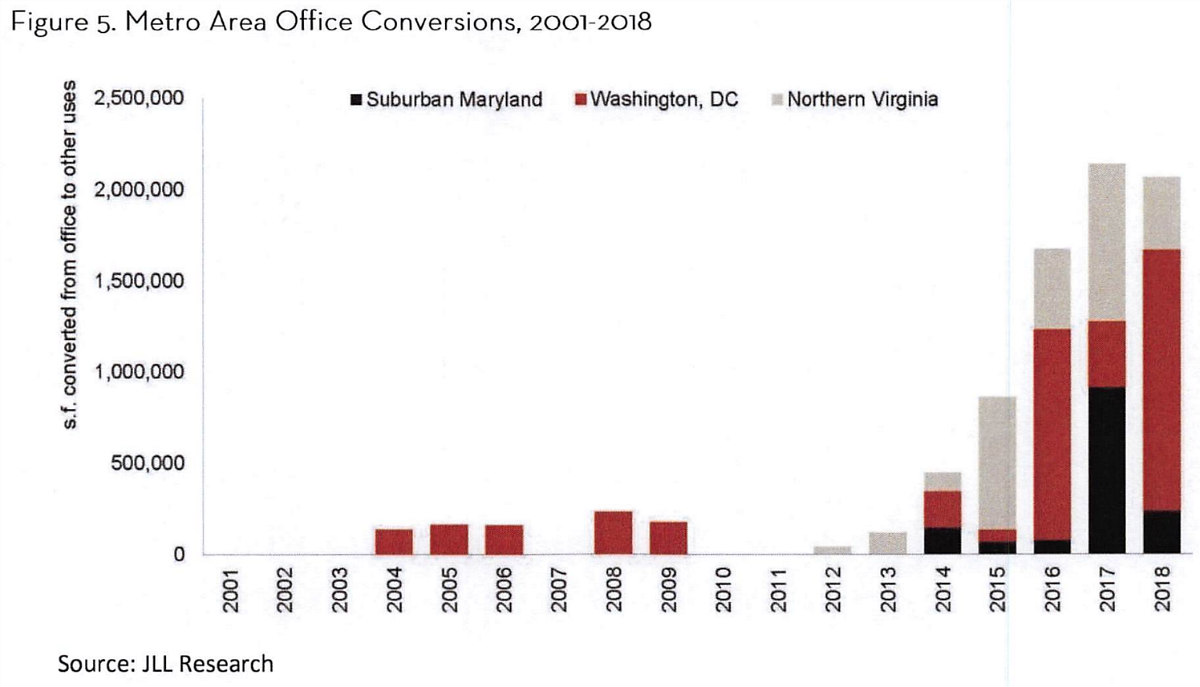
More than 3,800 residential units have been produced out of former office buildings in DC since 2002. While these conversions have become more popular in recent years, developers remain hesitant due to unfamiliarity with the costs and logistics associated with these conversions.
Much of the vacant office space downtown is Class A, and in some instances, building owners may think it better long term to let office space remain vacant than change uses. The study reports that there are only four submarkets where a conversion to residential will increase the per square foot net operating income of an office building: West End, Upper Northwest, and the Ballpark and Market Districts.
The report concludes that DC would have to subsidize many of these conversions as well as use density and other zoning-related incentives to encourage office-to-residential, including amending mixed-use zones along key commercial corridors outside of the central business district to increase the by-right density and lot occupancy for residential.
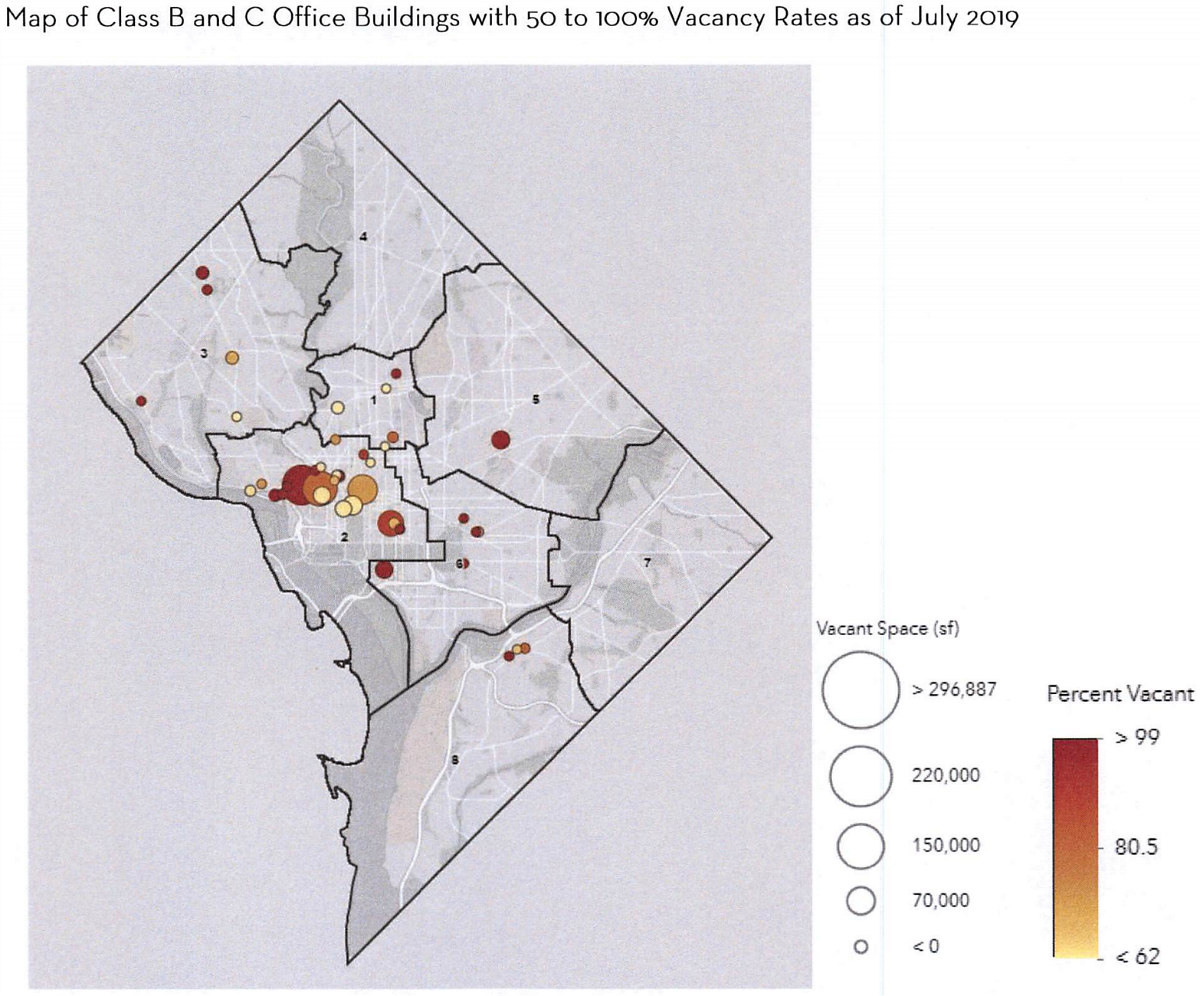
If the city chooses to incentivize office to residential conversions, the report recommends that efforts start with splitting the costs with developers for feasibility studies of specific conversions. The report identifies 45 office buildings citywide, totaling over one million square feet, which are Class B, C or F and are 50 to 100 percent vacant.
As DC explores how to create 36,000 more housing units by 2025, office conversions could help efficiently achieve those goals, especially because one can save 5-10 percent on conversion from office to residential compared to ground up residential construction. However, since the cost savings increases to 20-40 percent if one guts and renovates an existing residential building, it remains to be seen whether the city finds it more worthwhile to focus its efforts elsewhere.
The report was prepared by the Coalition for Non-Profit Housing and Economic Development on behalf of the task force.
Note: Class B buildings are defined as well maintained and at least 10-20 years old, Class C buildings are over 20 years old and likely lack some amenities, and Class F buildings are functionally obsolete.
See other articles related to: adaptive reuse, cnhed, conversions, dc council, dc office of planning, dmped, office conversions, office of planning, office-to-residential, retrofit, vacancies, vacancy rates, vacant office space, zoning
This article originally published at http://dc.urbanturf.production.logicbrush.com/articles/blog/could-dc-incentivize-office-to-residential-conversions/15918.
Most Popular... This Week • Last 30 Days • Ever

A look at the closing costs that homebuyers pay at the closing table.... read »

3331 N Street NW sold in an off-market transaction on Thursday for nearly $12 million... read »
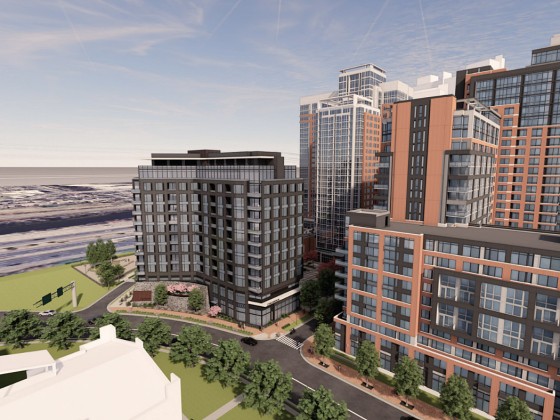
Paradigm Development Company has plans in the works to build a 12-story, 110-unit con... read »

The development group behind the hotel has submitted for permit review with DC's Hist... read »
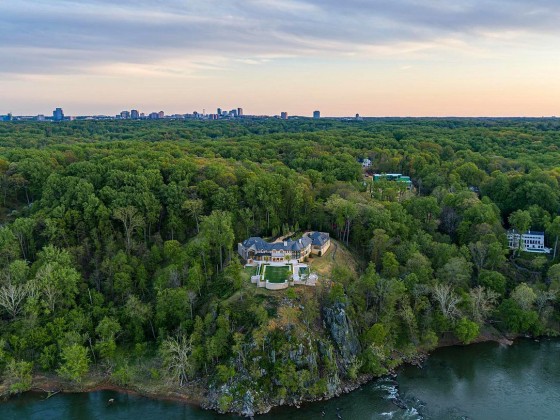
The most expensive home to sell in the DC region in years closed on Halloween for an ... read »
- How Do Closing Costs Work in DC
- Georgetown Home Sells For $11.8 Million, Priciest Sale in DC In 2024
- 110-Unit Condo Project Planned in Alexandria Coming Into Focus
- Georgetown Hotel That Is Partnering With Jose Andres Looks To Move Forward
- The Cliffs in McLean Sells For $25.5 Million, Highest Home Sale In DC Area In Years
DC Real Estate Guides
Short guides to navigating the DC-area real estate market
We've collected all our helpful guides for buying, selling and renting in and around Washington, DC in one place. Start browsing below!
First-Timer Primers
Intro guides for first-time home buyers
Unique Spaces
Awesome and unusual real estate from across the DC Metro







